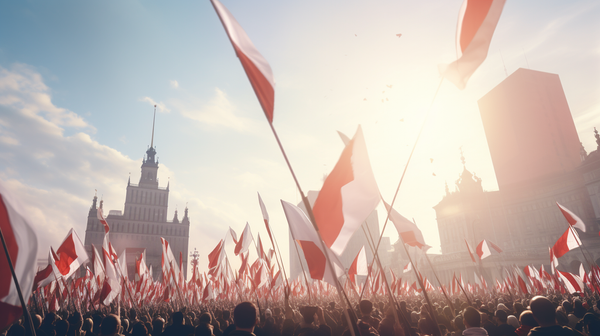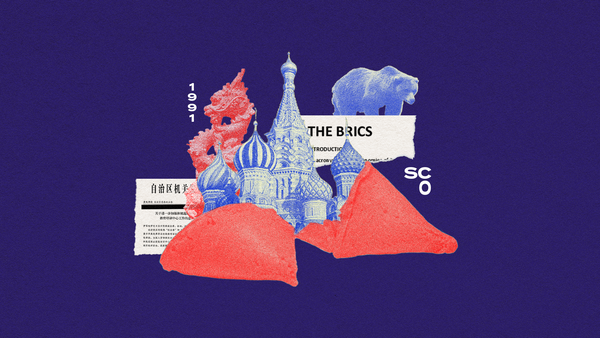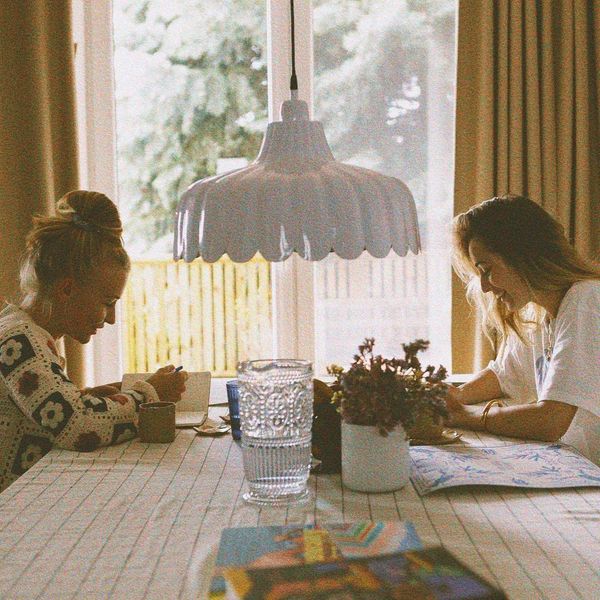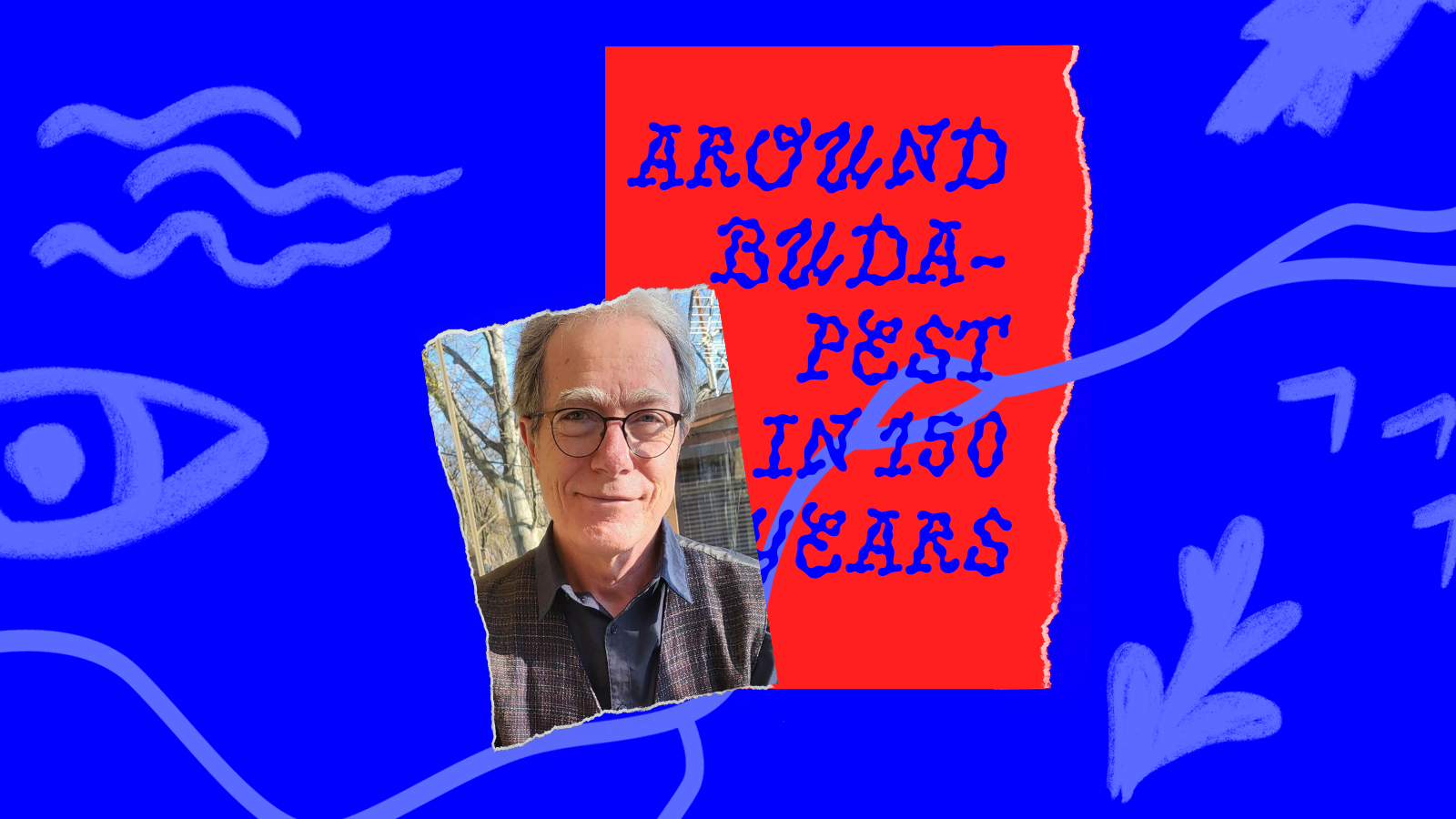People, words, buildings, stories and moods—all of these and more have contributed to creating the Budapest we know today over the past 150 years. To mark the anniversary, we asked people who are connected to the capital by a thousand (or at least a hundred and fifty) threads about the past and future of Budapest and their personal connection to the city.
András Ferkai, architectural historian, university professor
What would you have been in Budapest 150 years ago?
A surveyor, or cartographer, because they had plenty of work to do at the time of the city’s unification. Or—ad absurdum—an architect, like my great-grandfather, who graduated in Zurich in the year of the Austro-Hungarian Compromise of 1867 and returned home to immerse himself in the planning of the expanding metropolis. Perhaps someone like the Privatier (a member of the bourgeoisie of substantial financial means) who sent out a pamphlet to the city asking it not to make the mistake of Berlin and Vienna: to build multi-story houses with front yards—following the English ‘cottage system’—instead of tenement buildings, because only this healthy form of housing could solve the housing problem.

The differences in geography, history, and development still create tangible contrasts between Buda and Pest. What do you like about both?
I grew up in Inner Buda, to this day it is in Krisztinaváros and Lágymányos that I feel truly at home. My daily experience was the triangular square next to the church in Lower Krisztinaváros, with the large chestnut tree behind the church, the poetic atmosphere of which was so unforgettably captured by the poet Ágnes Nagy Nemes. Besides the remnants of the old bourgeois lifestyle, I also grew to love the apartment buildings of the 1930s on Attila Road, Városmajor and Kékgolyó Streets. Pest remained a foreign city for me for a long time, but the cinemas, theaters, antique shops, old cafés, and busy shopping streets attracted me to the other bank. It was fun to wander around the metropolis, but the crowds, the noise, and the traffic soon drove me back to the quieter side, and even further away.
What are the best and worst things about Budapest?
The best thing is that the city offers an endless stream of discoveries: you marvel at signboards, old neon signs, unusual decorative elements, wonderfully green courtyards. Craft chocolatiers, venues selling excellent beers, and barista cafés; art, photography, and design galleries open up. The worst thing is the gradual desolation of the main roads of Pest, the disappearance of shops, and the crowds of party-goers arriving on charter flights, something that we might just have got over.


Which image and/or song best describes Budapest for you?
László Lugo Lugosi’s series of photographs taken on the site of the Klösz photos of 1900, one hundred years later.
If you had to recommend a book about Budapest that might also be available in a foreign language, which would it be?
Ferenc Bodor: Pesti presszók (released under the title ‘Coffe-houses’ in English). The author, who knew the city and its life in unparalleled depth—a veritable institution at the time—created a fantastic literary style with the ‘minute-longs’ of this book.
Who or what is the most ‘Budapester’ person or thing for you?
Out of the many options, the first to come to mind now is my architect friend Bálint Nagy, who first created a private gallery on Hajós Street, and then for more than ten years managed the Fuga on Petőfi Sándor Street, which was not only an architectural exhibition space and bookstore but also a cultural center and meeting place in the best sense of the word, with its literary and musical events. It is a great loss that he is no longer sitting behind the shop window with his big beard, wearing his dungarees.
If you had to live in one of the region’s other capitals instead of Budapest—Vienna, Belgrade, Ljubljana, Bratislava, Prague, Warsaw, or Zagreb—, which one would you choose?
Vienna is the most livable city in the region, but I would choose Ljubljana because of its smaller size, sophisticated culture, and coziness.

How do you see Budapest 150 years from now?
If the Earth is still livable, I imagine a smaller capital with lots of new parks, tree-lined streets, rehabilitated industrial and tenement areas, strong community services, and a preserved culture.
Check out the rest of the Around Budapest in 150 Years series!

Poland’s rival parties campaign in the same way

China is not our ally–interview on Sino-Russian relations










